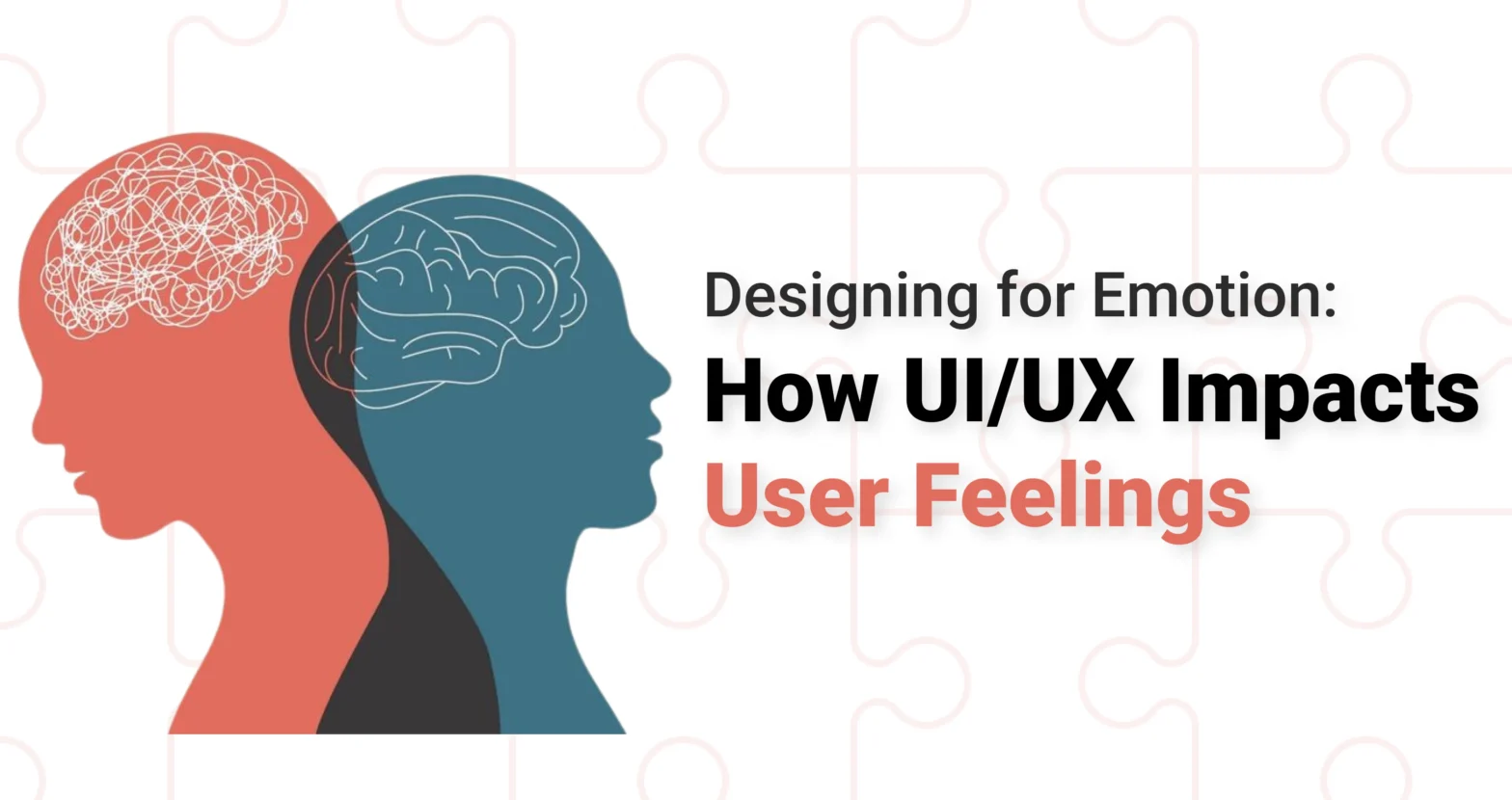Designing for Emotion: How UI/UX Impacts User Feelings

In today's digital landscape, the user experience (UX) goes beyond mere functionality. It intertwines with the emotional aspects of user interactions, shaping how people feel about products and services. Emotional design can significantly impact user satisfaction and engagement. In fact, studies have shown that emotionally resonant designs can increase user satisfaction by up to 50%. This article explores how UI/UX design influences user feelings and the principles behind creating emotionally engaging experiences.
The Psychology of Emotions in Design
Emotions play a crucial role in shaping user behavior. They influence decision-making, user satisfaction, and brand loyalty. When users interact with digital products, their feelings can be shaped by various design elements. The primary emotions—joy, sadness, anger, fear, surprise, and disgust—can be triggered through thoughtful design choices.
Understanding these emotions allows designers to create experiences that resonate with users on a deeper level. For instance, a website designed to evoke feelings of joy might use bright colors and playful imagery, while a financial app might focus on instilling trust through calm colors and straightforward layouts.
Emotional Design Principles
- Aesthetics
The visual appeal of a design is often the first interaction users have with a product. Colors, typography, and imagery can evoke powerful emotions. For instance:
- Warm Colors: Colors like red and orange can generate feelings of excitement or urgency.
- Cool Colors: Shades of blue and green are often associated with calmness and trust.
Choosing the right color palette is crucial for setting the emotional tone of a design.
- Storytelling
Storytelling in design helps create a narrative that users can relate to. By weaving a story through UI elements, designers can foster emotional connections. This might involve using visuals that evoke nostalgia, curiosity, or empathy, making users feel personally involved in the experience.
- Personalization
Personalization is key to making users feel valued. By tailoring experiences based on user behavior and preferences, designers can create a sense of belonging. For example, recommending products based on past purchases or customizing content based on user interests can evoke positive emotions and foster loyalty.
Creating Emotional Connections Through UI/UX
- Microinteractions
Microinteractions are small, subtle animations or responses that enhance the user experience. These elements can evoke feelings of delight and engagement. For instance, a playful animation when a user successfully completes a task or a satisfying sound when an item is added to a cart can create a positive emotional response.
- Feedback and Acknowledgment
Providing feedback is essential in emotional design. Users appreciate acknowledgment of their actions, whether it’s a “thank you” message after completing a transaction or a congratulatory animation after achieving a milestone. This type of feedback helps users feel recognized and valued, enhancing their emotional connection to the product.
- User Empathy
Understanding users' pain points and designing solutions that address their needs fosters empathy. By anticipating challenges and providing intuitive solutions, designers can create a sense of trust and understanding. For example, a well-designed onboarding process that guides users through initial steps can alleviate frustration and build confidence.
Case Studies
- Airbnb
Airbnb’s website and app utilize warm imagery and user-friendly interfaces to evoke feelings of comfort and belonging. By showcasing stunning visuals of homes and experiences, they create an emotional connection with users, encouraging them to explore and book their stays.
- Duolingo
Duolingo employs gamification elements and friendly characters to make language learning fun and engaging. The app’s use of rewards, progress tracking, and playful animations creates a positive emotional experience, motivating users to return and learn more.
Measuring Emotional Impact
To understand the effectiveness of emotional design, it’s essential to measure user responses. Techniques such as user testing, surveys, and analytics can provide insights into how users feel while interacting with a product. By gathering feedback on emotional responses, designers can refine their approaches and enhance the user experience.
Conclusion
Designing for emotion is a powerful strategy in UI/UX design. By understanding the psychological aspects of user emotions and implementing principles of emotional design, designers can create meaningful and engaging experiences. As the digital landscape continues to evolve, prioritizing emotional connections will be key to building user loyalty and satisfaction. So, the next time you embark on a design project, consider how you can evoke positive emotions in your users and create a lasting impact.